I am often asked how upgrading an amplifier’s transformers will improve tone. It’s a simple enough question, but the answer is a little complex. First off, let’s examine what an output transformer is and why someone would inquire about replacing it. Then we’ll get to some things to consider when replacing your amp’s transformer.
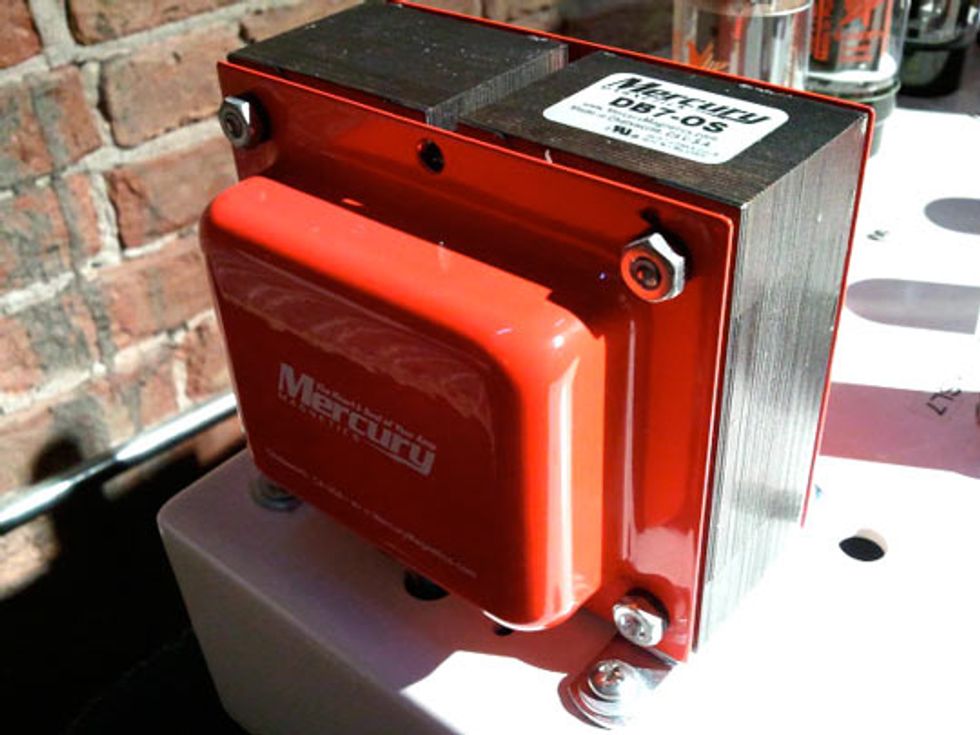
The output transformer in a push-pull guitar amplifier is the last stage of the audio path before getting to a speaker—it’s one of the large blocks of metal mounted to the amp chassis (or speaker, as is sometimes seen in older amps). The transformer’s function is to convert the high-voltage/low-current signal from the amplifier’s power tubes into a low-voltage/high-current signal to power the speakers at a low impedance. It is responsible for how efficiently the audio power of an amp will transfer to the load of the speakers, and it prevents hundreds of volts (DC) from passing to the speakers.
There are different reasons why a person would want to change their output transformer—the most obvious being a blown or damaged unit. This can happen when an amp is operated without a proper load, such as not having a speaker plugged into the amp or driving a different speaker impedance than the one the output transformer is looking for. Another reason to replace a transformer is to upgrade quality and tone. Because transformers are the most expensive component of an amplifier, it is common for amp manufacturers to cut costs on the size and quality of them. A large transformer simply has more iron, so not only are the material costs higher, the weight of heavier transformer will affect a manufacturer’s shipping costs.
In regards to tone and how an output transformer affects it, it’s my opinion that an output transformer does not change an amp’s character. A new transformer will not change an amp’s DNA or make a Marshall sound like a Vox. After all, an amplifier’s tone is the sum of all of its parts—tubes, capacitors, wiring, speakers, etc. If you were to run clean water through an old, dirty water filter, you would ruin what the water had to offer before being filtered. It would still be water, but changed in a way that detracted from what it could have been. The output transformer plays a very large role, but is not everything in shaping an amp’s tone. Upgrading it takes what the amp already is, and then enhances it. Physically larger output transformers generally sound larger, since they have a larger window for tone to flow through. Tone is usually clearer, fuller and truer.
If upgrading or replacing your amp’s output transformer is in your plans, there are a few things to consider. First, and most importantly, the amp should be unplugged, all tubes should be removed, and all voltages in the amp should be fully discharged. There are lethal voltages inside an amplifier, so do not service your amp if you don’t know how to properly discharge all voltage.
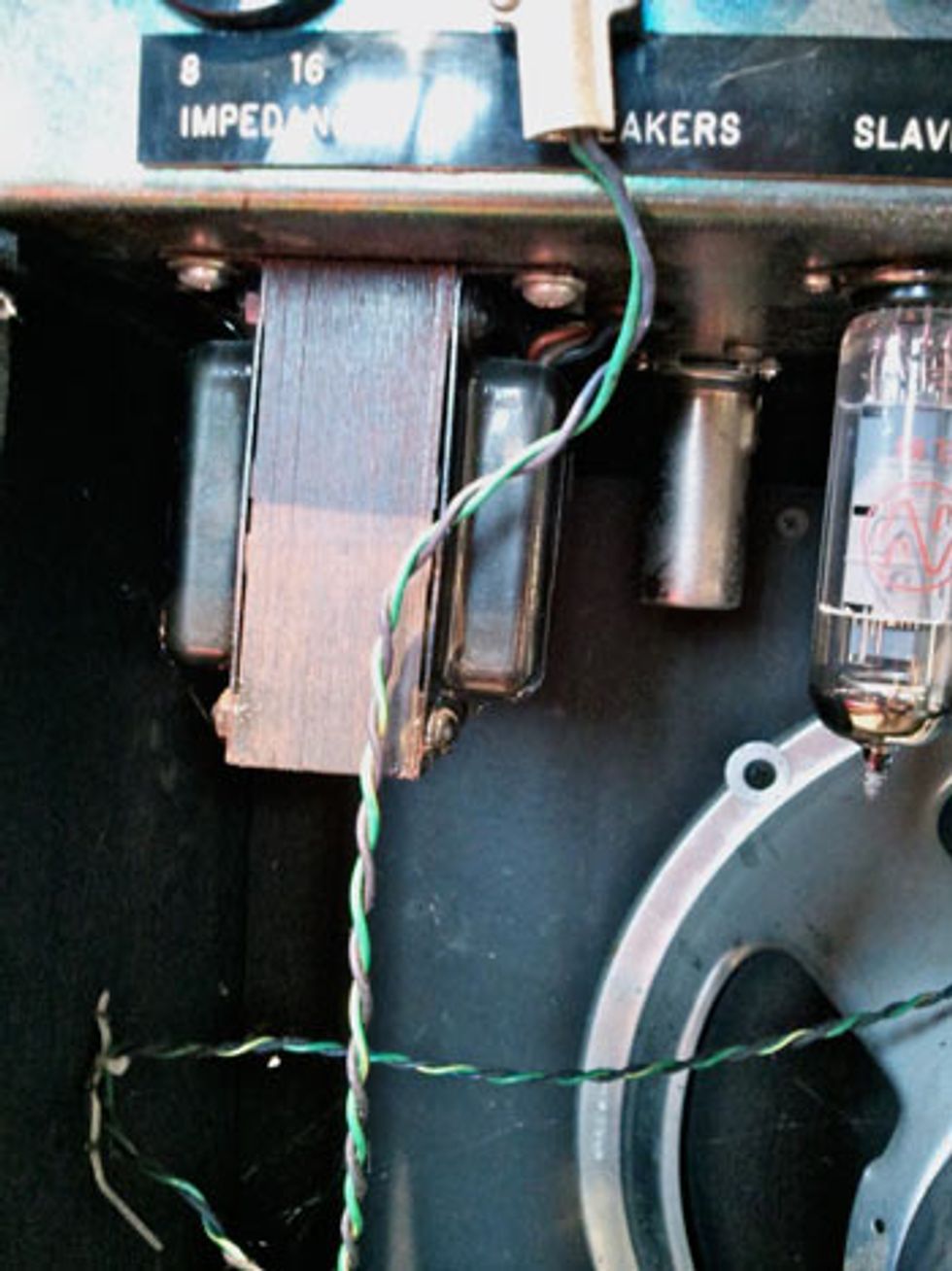 Secondly, be aware of the different mounting styles of transformers. There are three basic mounting styles: vertical, horizontal, and flat. Vertically mounted transformers sit taller than they are wide, with the laminates in a vertical position and the end bells positioned perpendicular to the chassis. Horizontally-mounted transformers are still a vertical mount, but are tipped on their sides and are wider than they are tall. Transformers that are mounted flat have the laminates facing horizontal, and the bell ends are stacked vertically. One should also note if the transformer is a two-hole or four-hole mount, and that the mounting holes will not line up exactly if the transformer you are replacing is not an exact replica. In such cases, it will be necessary to carefully mark and drill new mounting holes into the amp’s chassis.
Secondly, be aware of the different mounting styles of transformers. There are three basic mounting styles: vertical, horizontal, and flat. Vertically mounted transformers sit taller than they are wide, with the laminates in a vertical position and the end bells positioned perpendicular to the chassis. Horizontally-mounted transformers are still a vertical mount, but are tipped on their sides and are wider than they are tall. Transformers that are mounted flat have the laminates facing horizontal, and the bell ends are stacked vertically. One should also note if the transformer is a two-hole or four-hole mount, and that the mounting holes will not line up exactly if the transformer you are replacing is not an exact replica. In such cases, it will be necessary to carefully mark and drill new mounting holes into the amp’s chassis. Finally, make sure the replacement transformer will physically fit on the chassis and in the cabinet it’s going into. It is easy to forget the size of the speaker and its affect on the space left in the cabinet. Measure twice to avoid disappointment!
It is very important to note the wiring of the old output transformer. I often clip the old transformer leads and leave a little bit of the old wire so I can see the color and location of the original. Keep in mind that green or black is not always ground, and that manufacturers often use different colors for the ground. A new replacement transformer should come with a schematic, so pay careful attention to it and note the proper wiring.
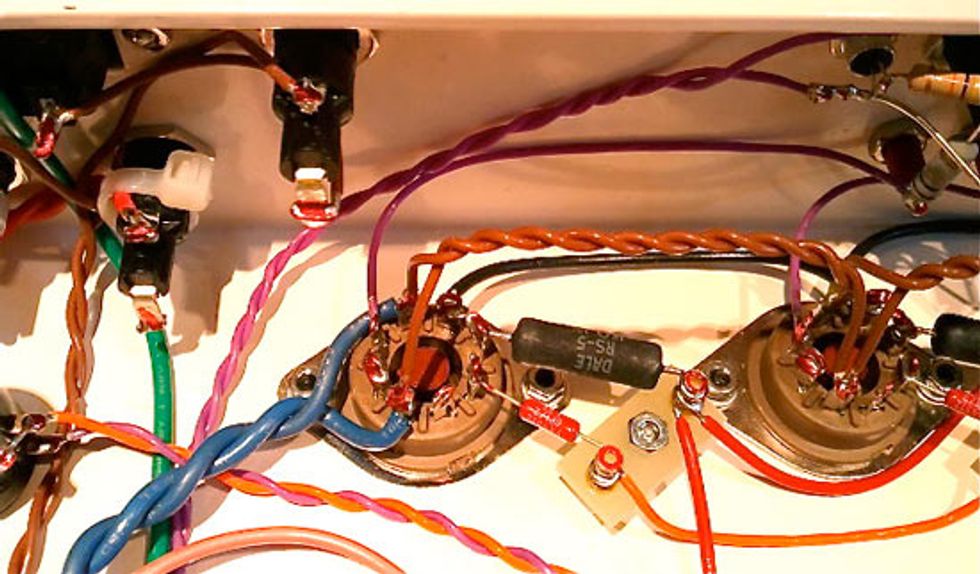
With the new transformer installed and all wiring and solder joints double-checked, it’s time to turn on the amp. Before doing so, be sure to turn all pots all the way down. If the primary leads on the transformer are reversed—a simple mistake to make—the amp will produce a loud squeal. And if the volume were to be up with this squeal, it would scare the life out of anyone. A simple swapping of the leads going to the power tube plates will take care of this issue. It is a good idea to use a variac to ramp the amp's voltage up gradually, going easy on the new output transformer’s maiden voyage. When the amp is running at full-voltage, you should then turn the amp off, reinstall the tubes, turn it back on, and double-check the power tube bias. The new output transformer will need to break-in over time, but all that’s left now is enjoying your amplifier's improved tone!
Remember that an amplifier’s tone is the sum of all of its parts. The output transformer is one very important part that easily gets overlooked and often suffers from cost-cutting-minded amp builders. So experiment! After all, your amp is your voice, so why not make it the best voice it can be?
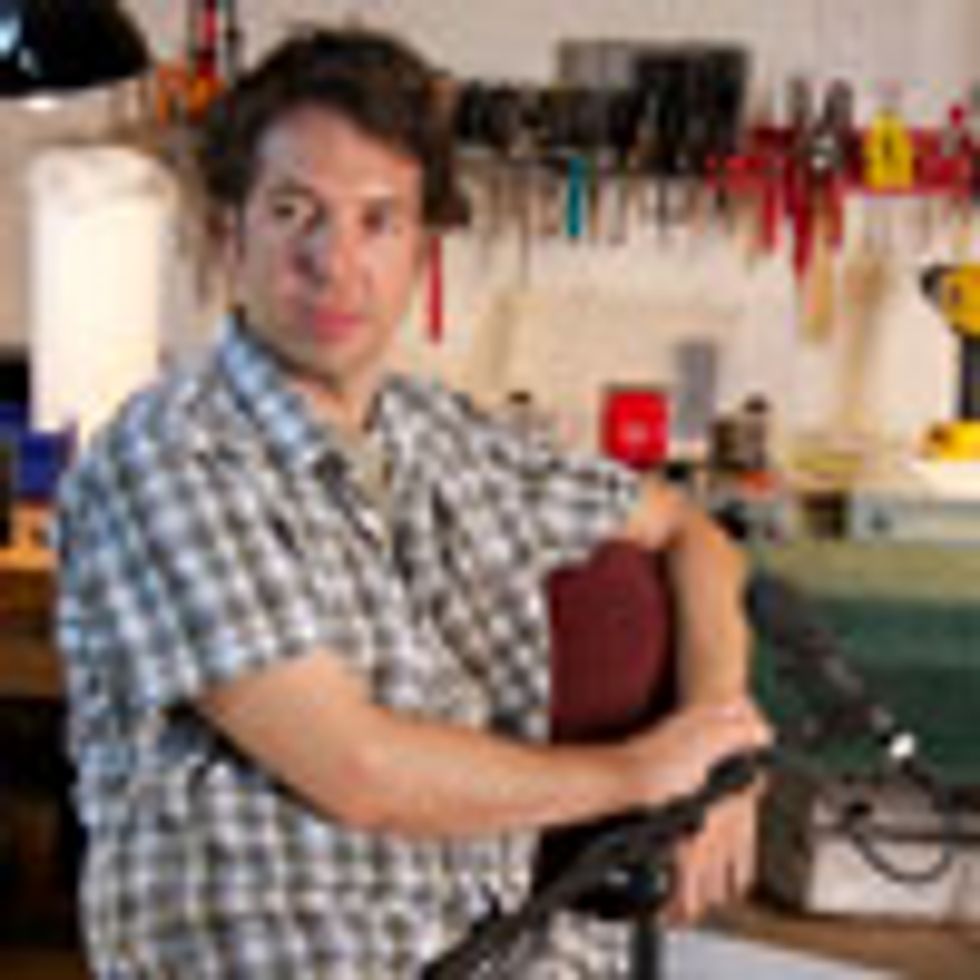 Tim Schroeder is the President and chief engineer at Schroeder Audio Inc. of Chicago Illinois where he is responsible for new product design/construction as well as over seeing repair operations at Schroeder Guitar and Amplifier Repair. schroederaudioinc.com
Tim Schroeder is the President and chief engineer at Schroeder Audio Inc. of Chicago Illinois where he is responsible for new product design/construction as well as over seeing repair operations at Schroeder Guitar and Amplifier Repair. schroederaudioinc.com



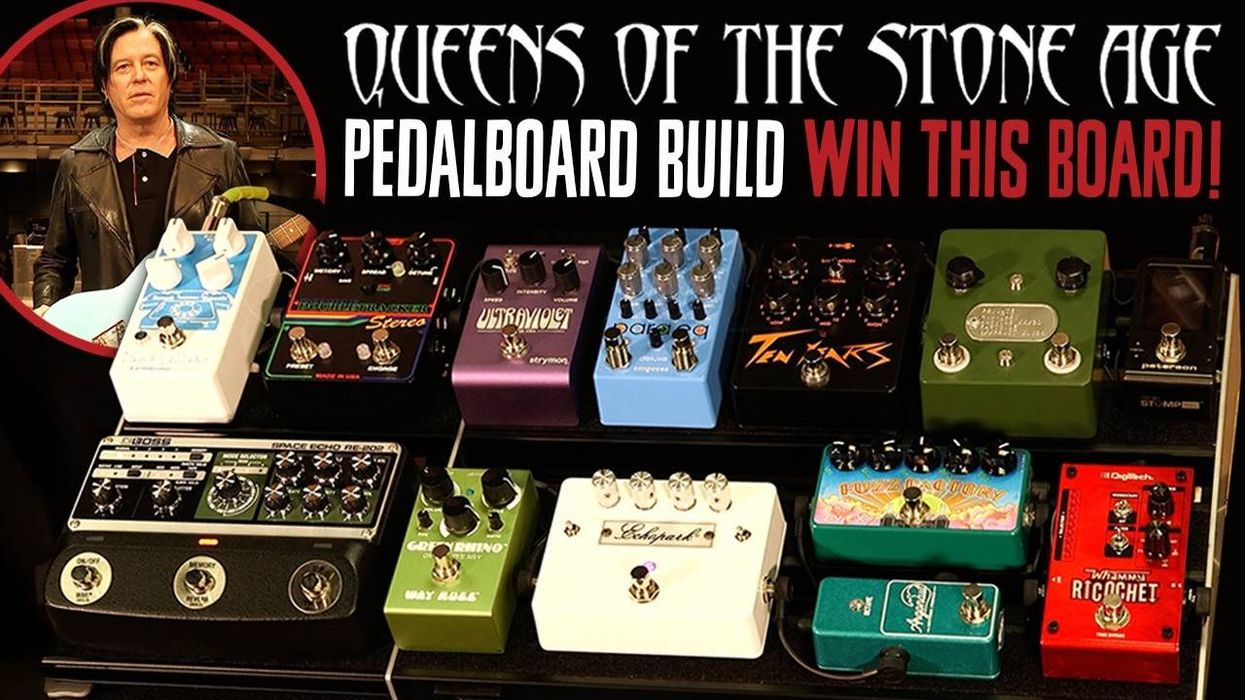
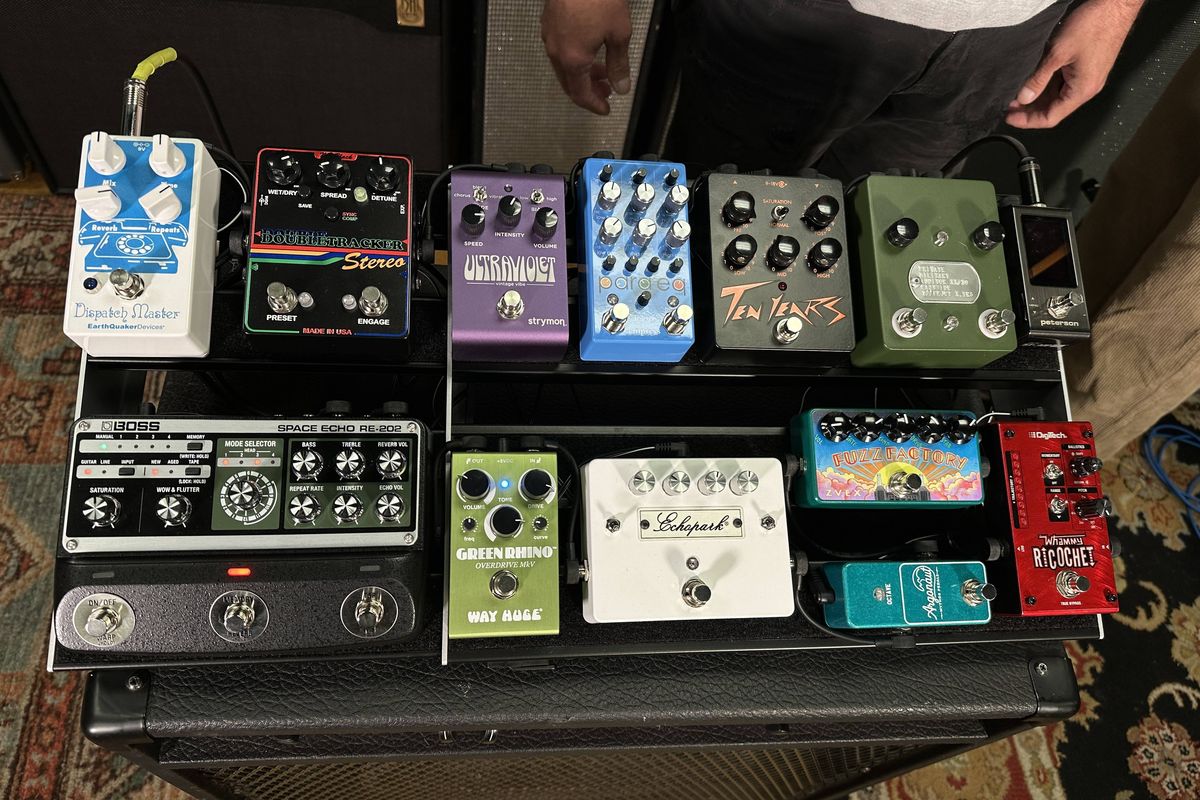
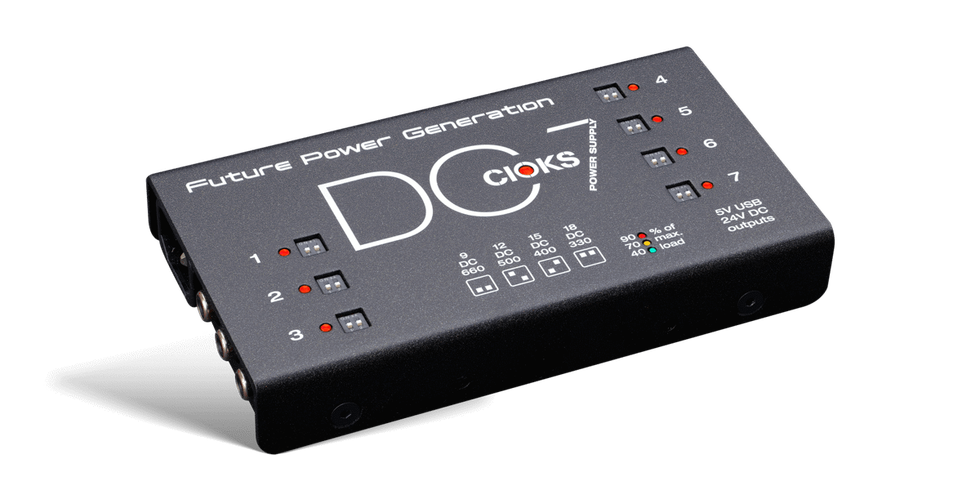
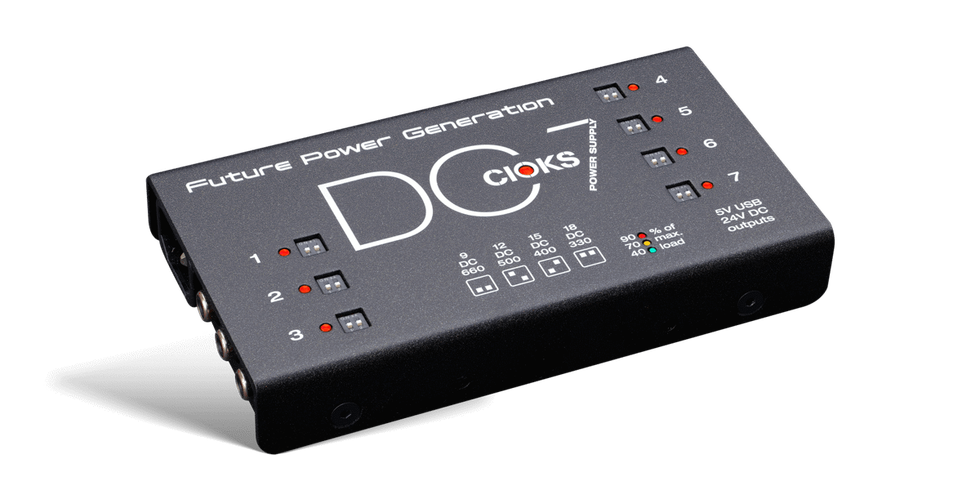
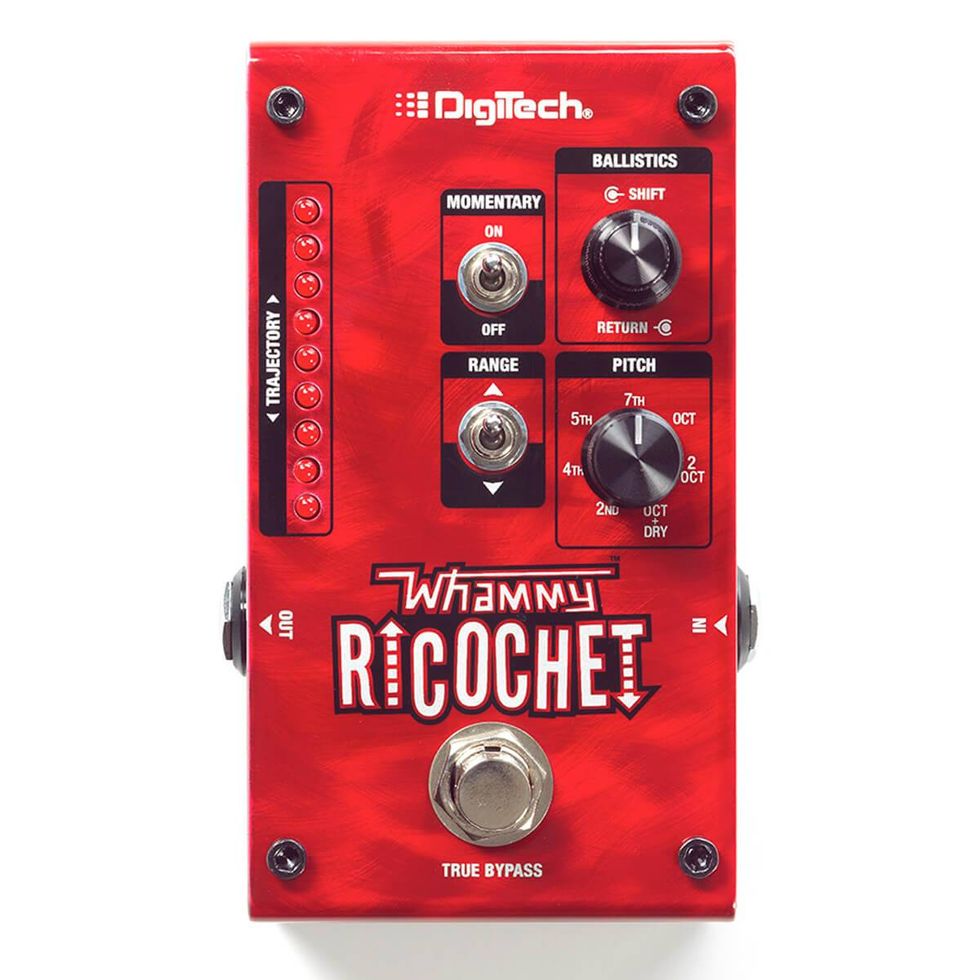
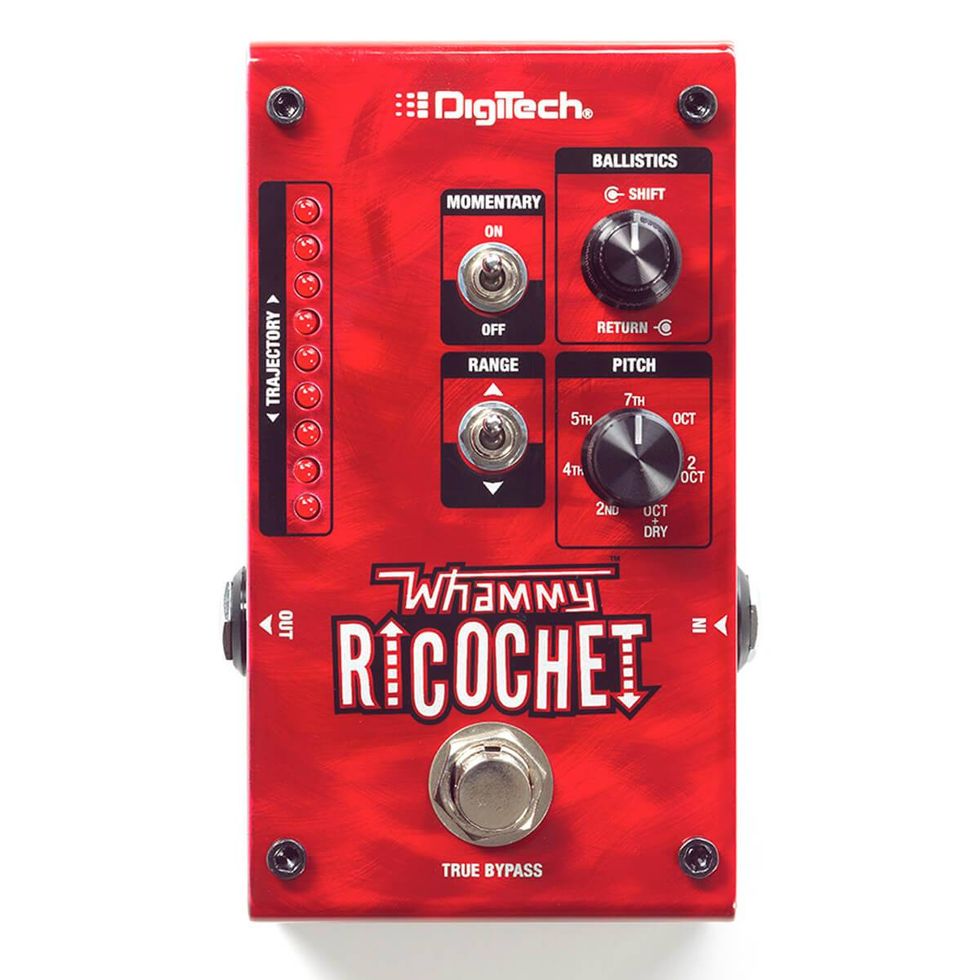
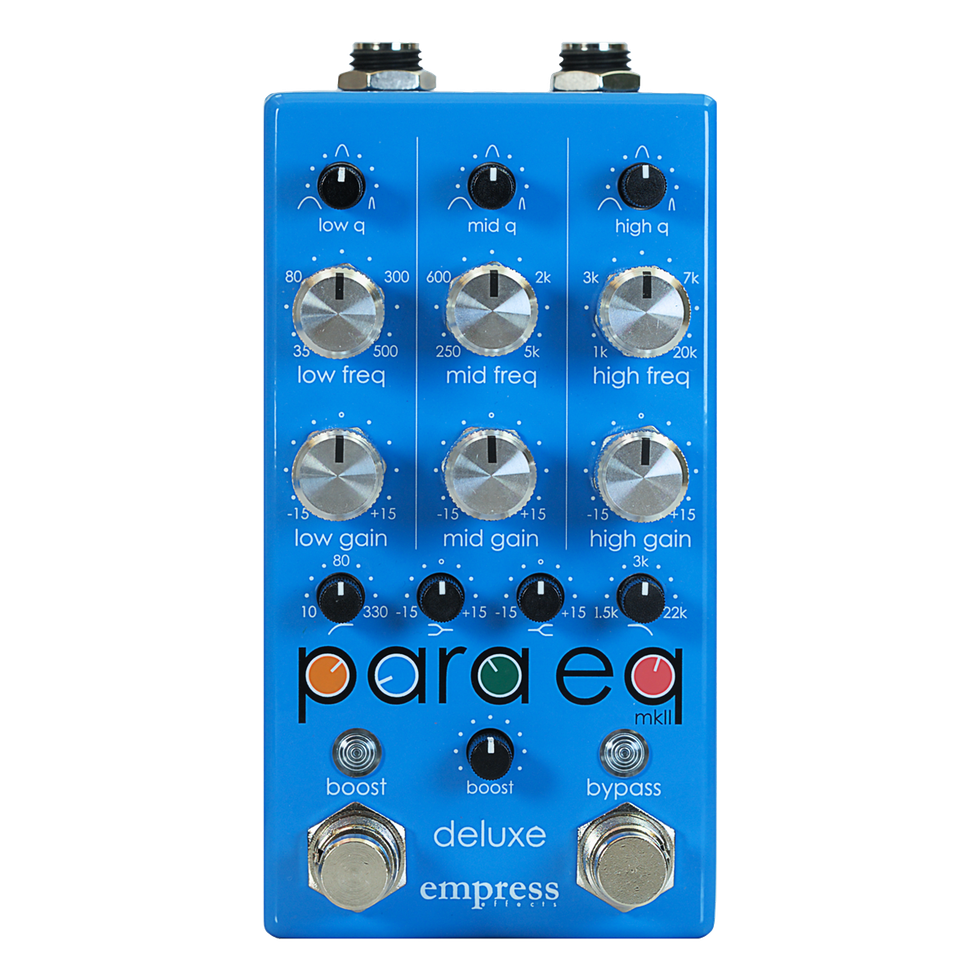
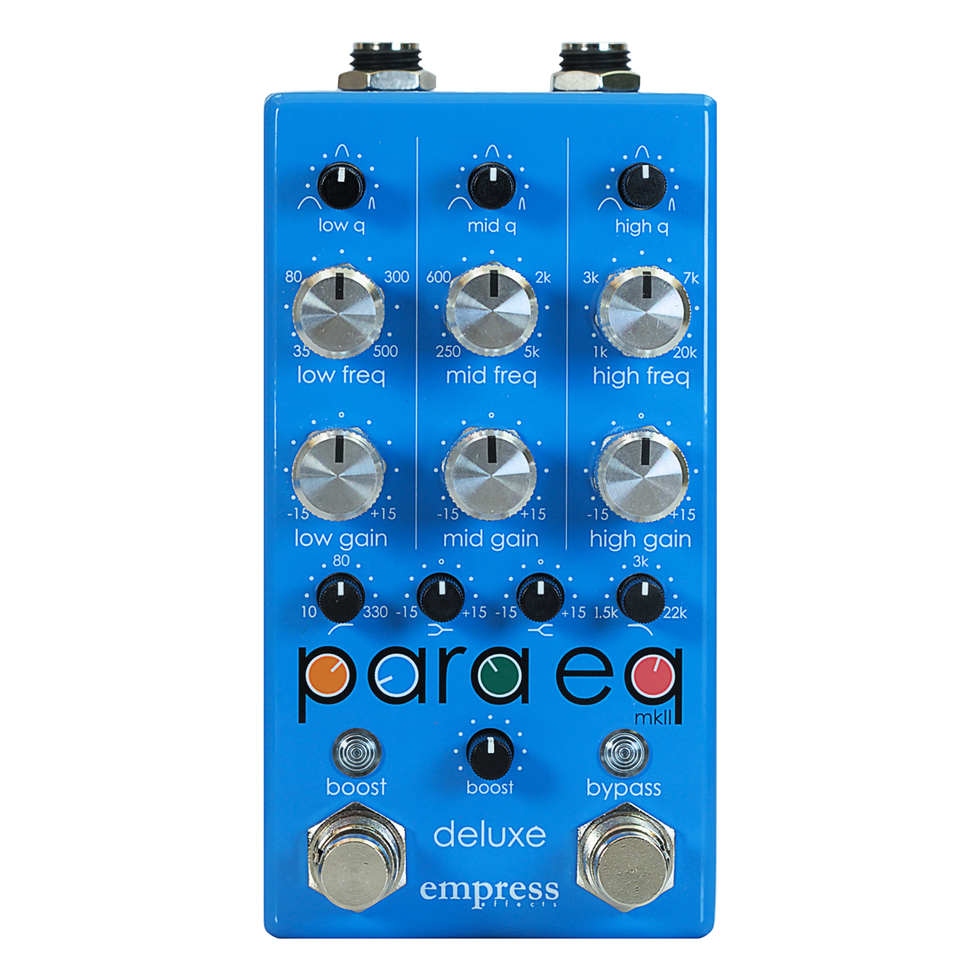
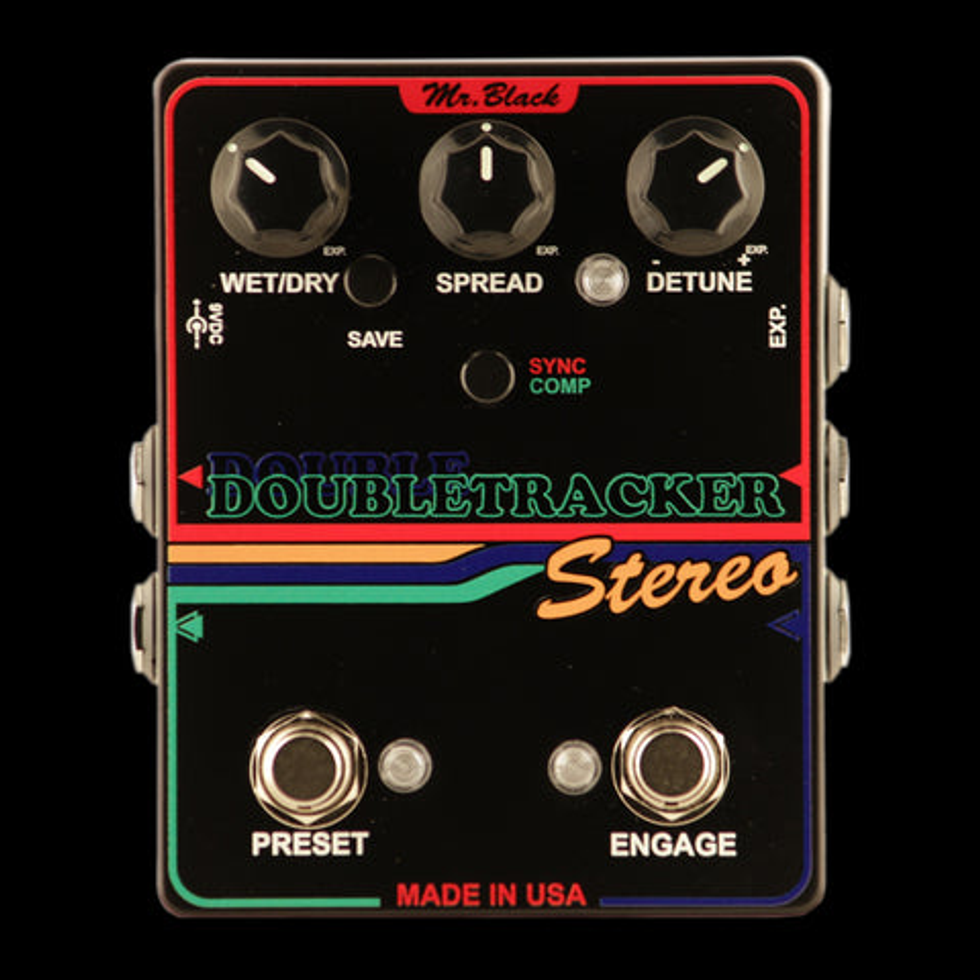
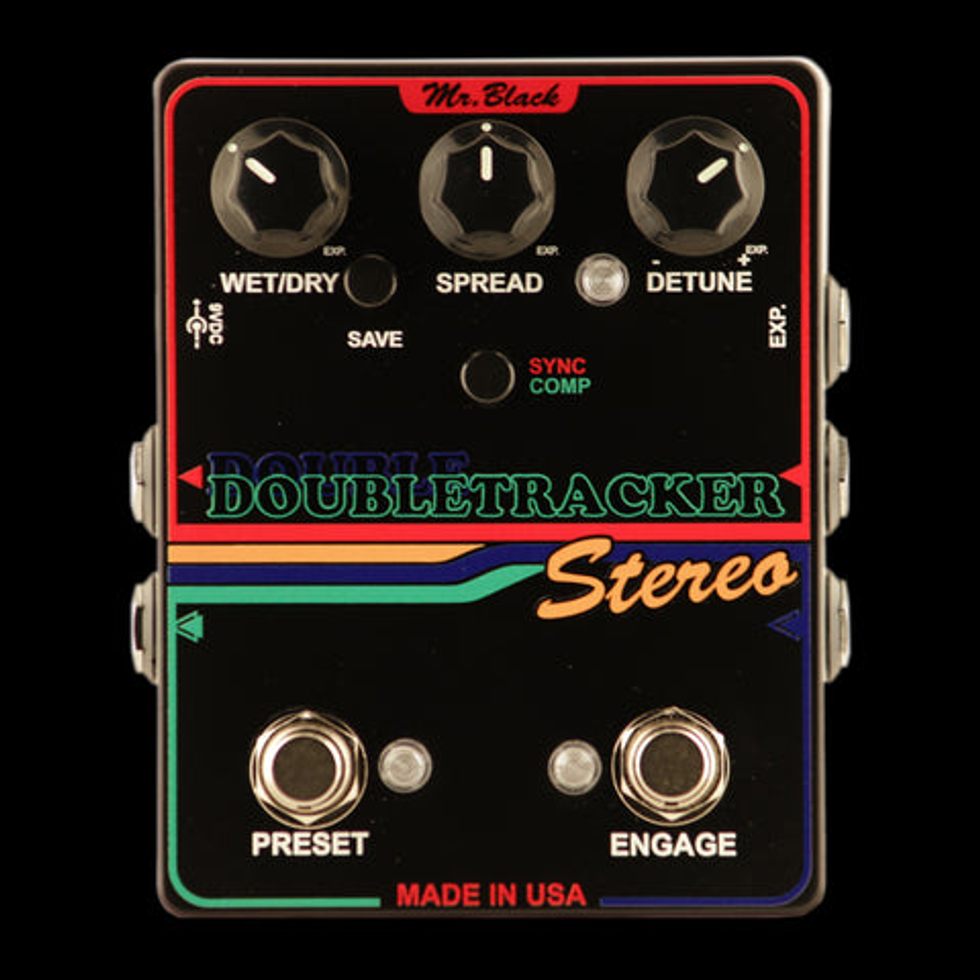
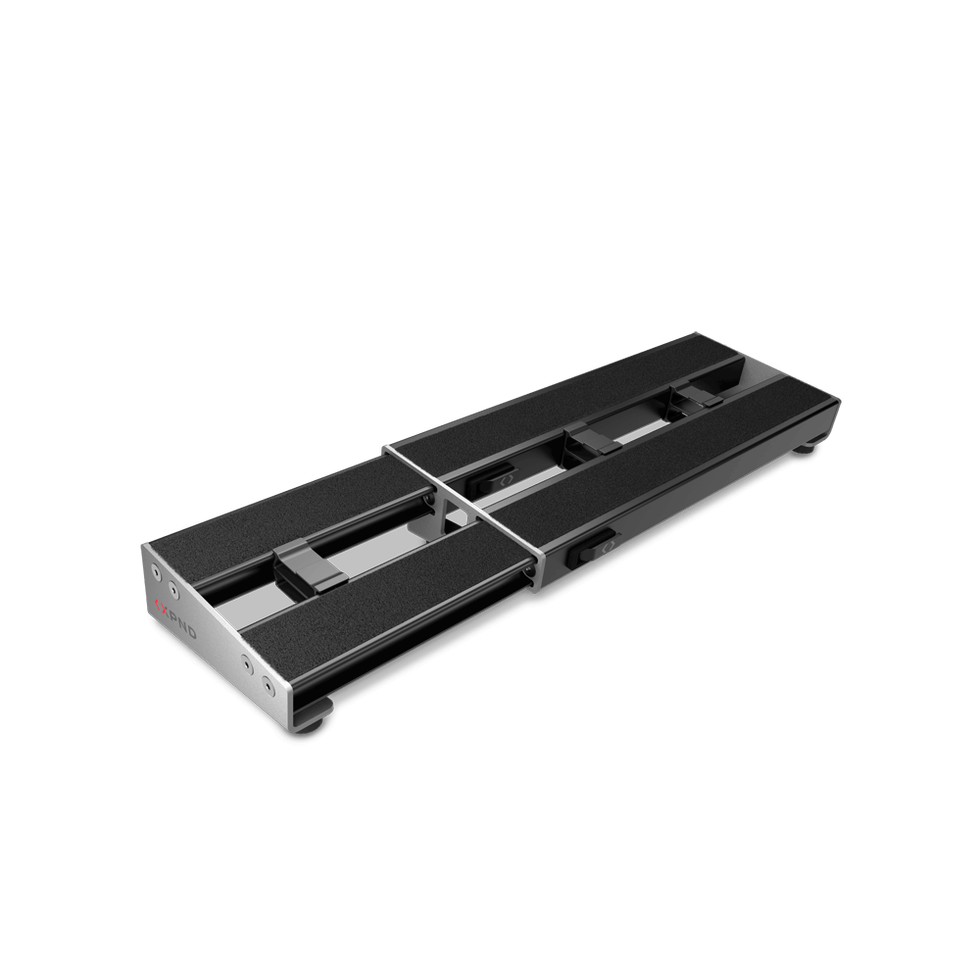
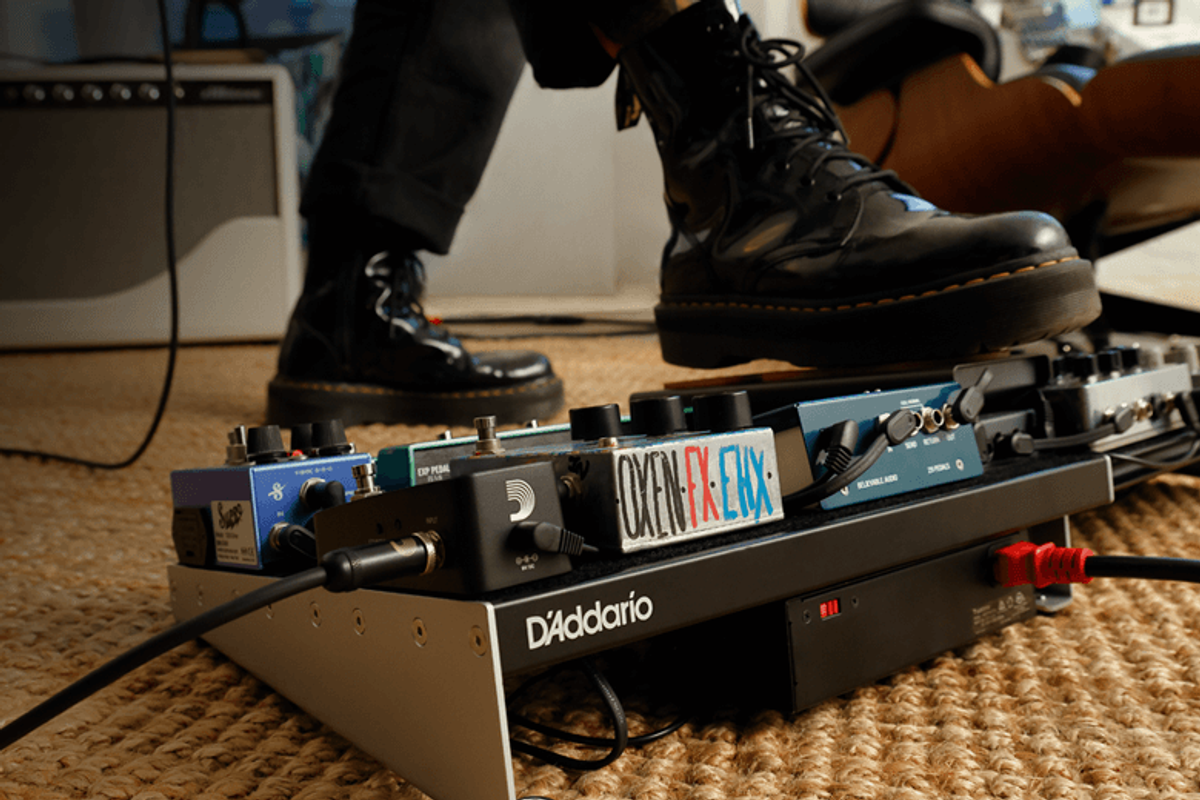
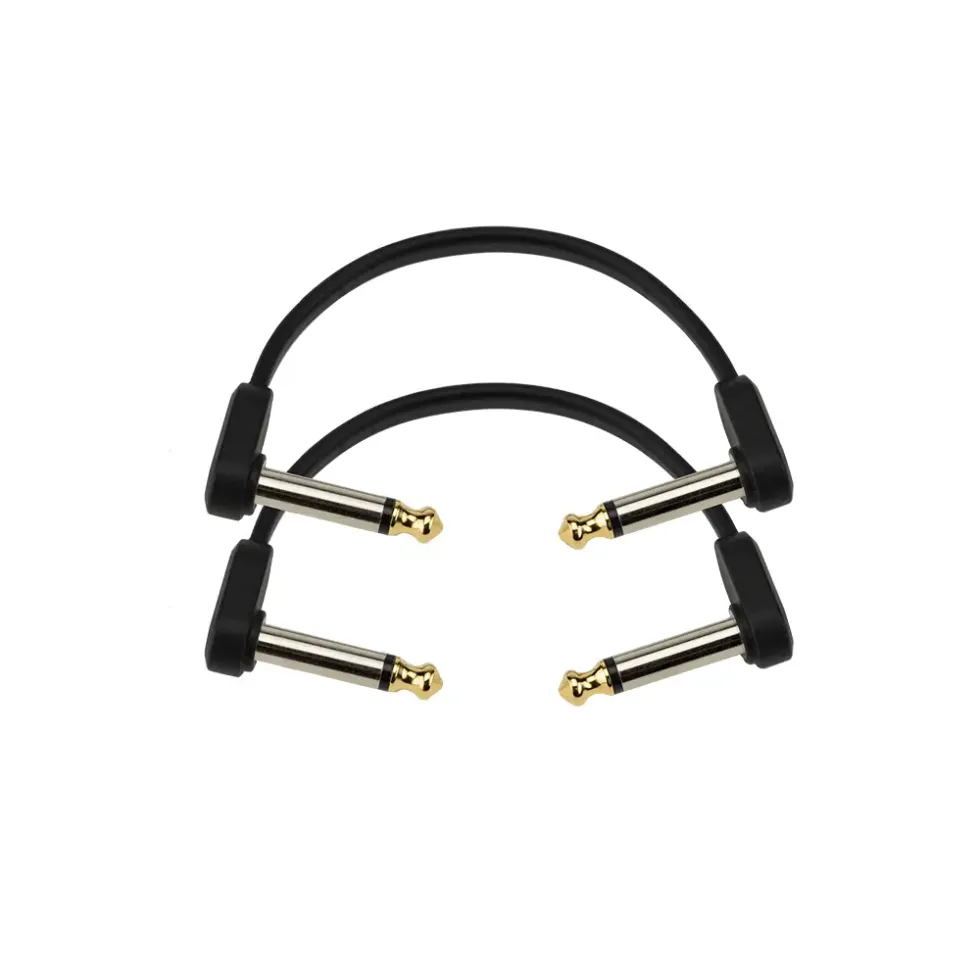
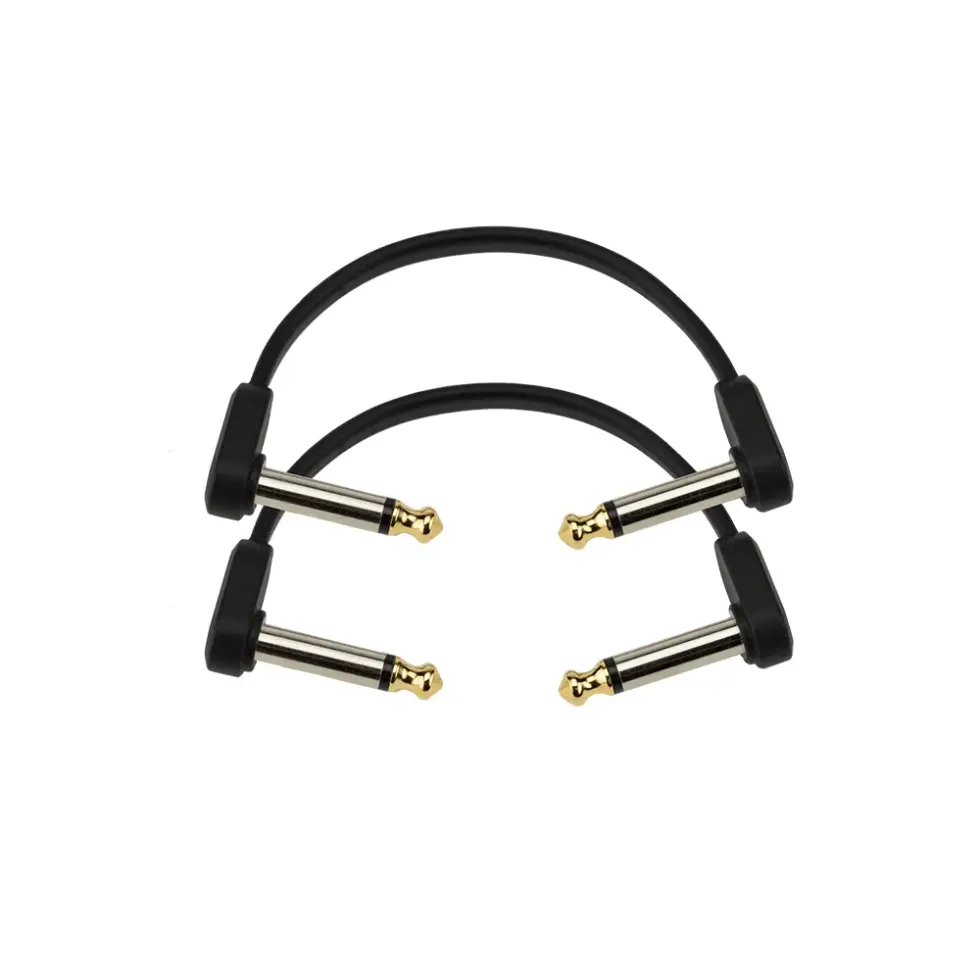
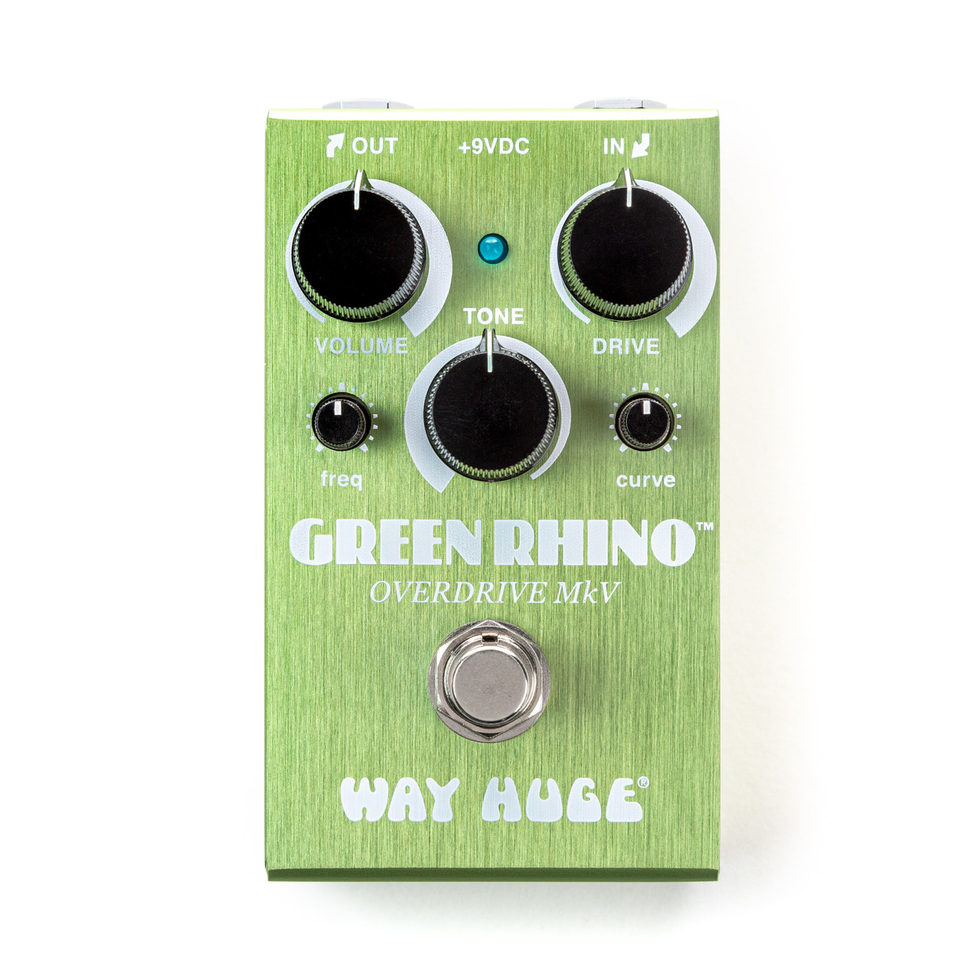
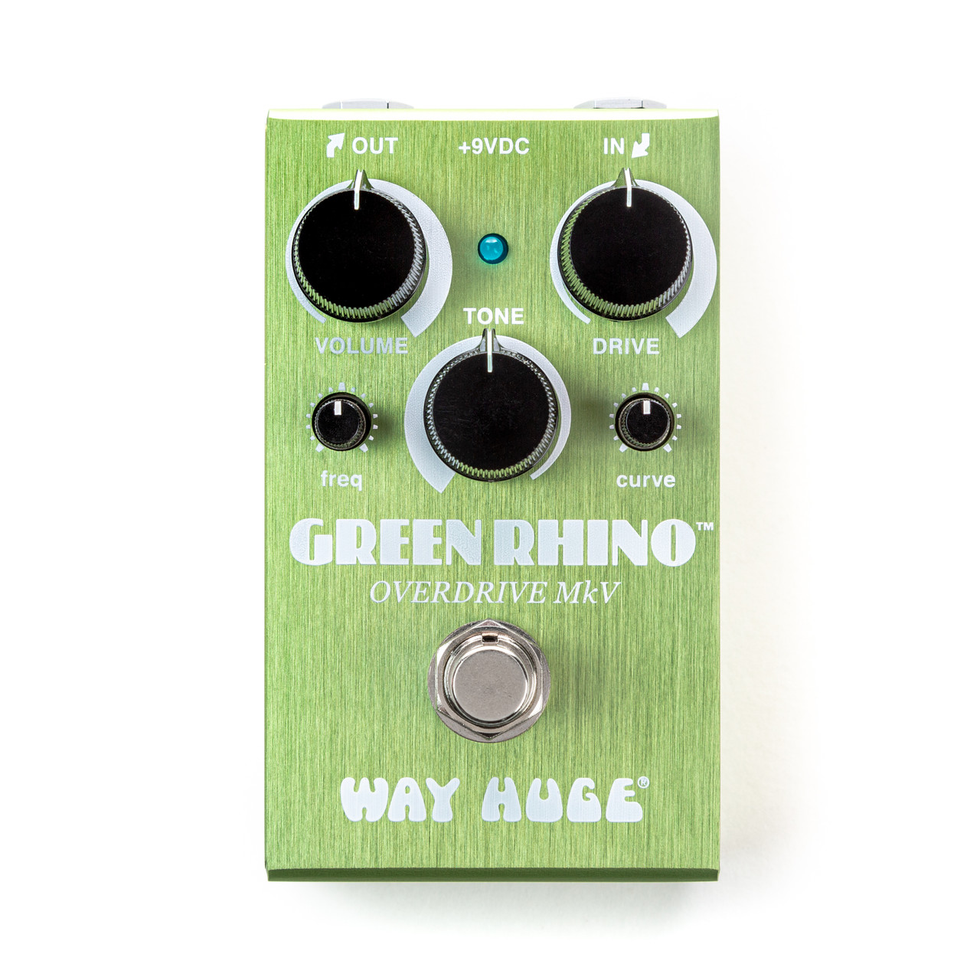
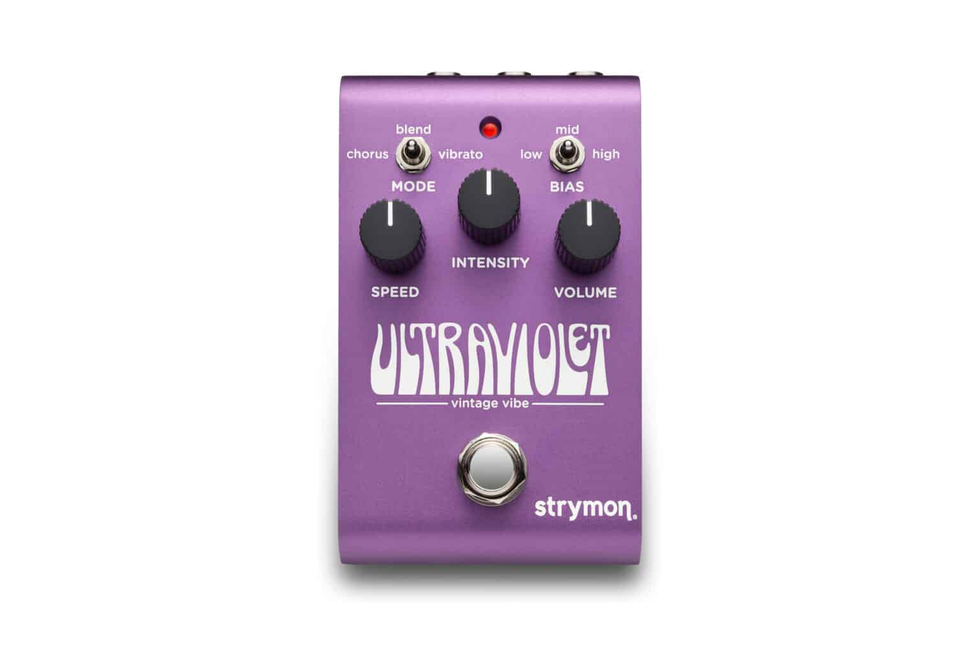
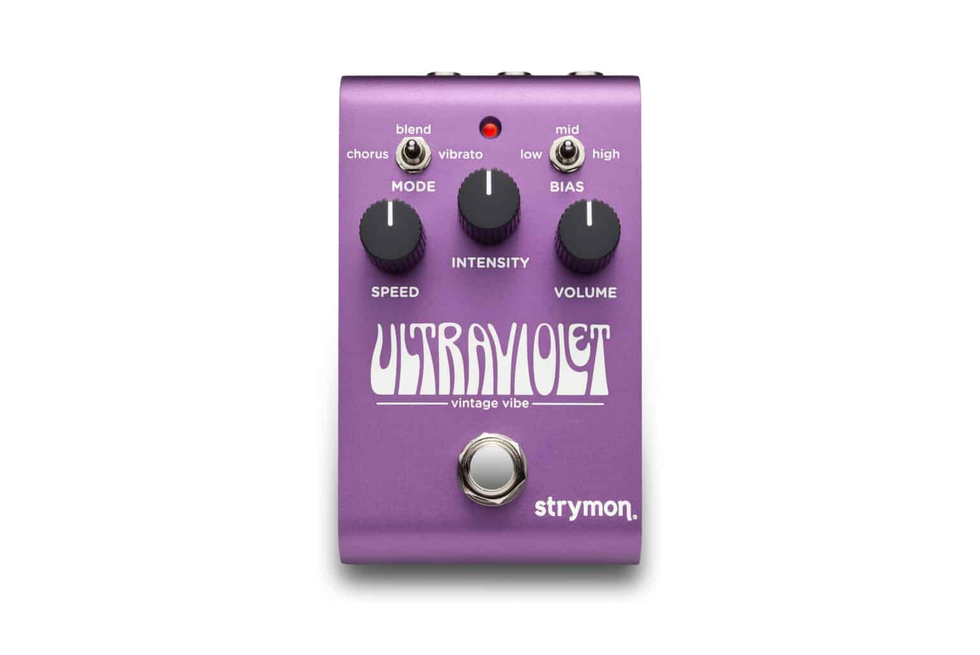
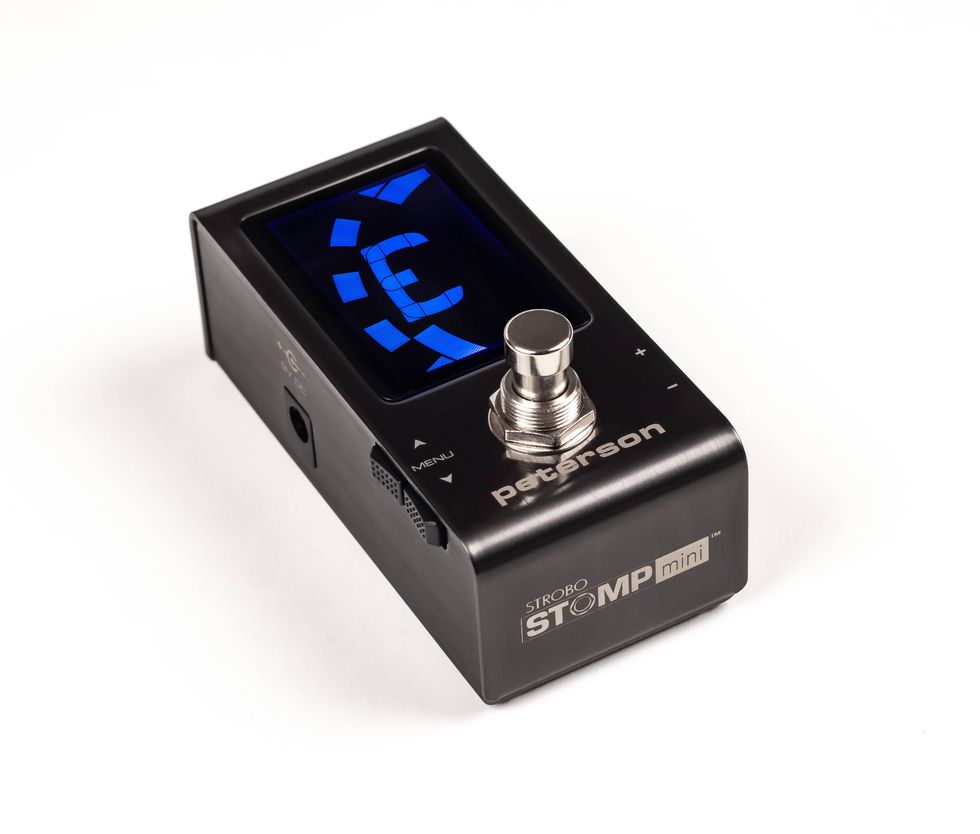
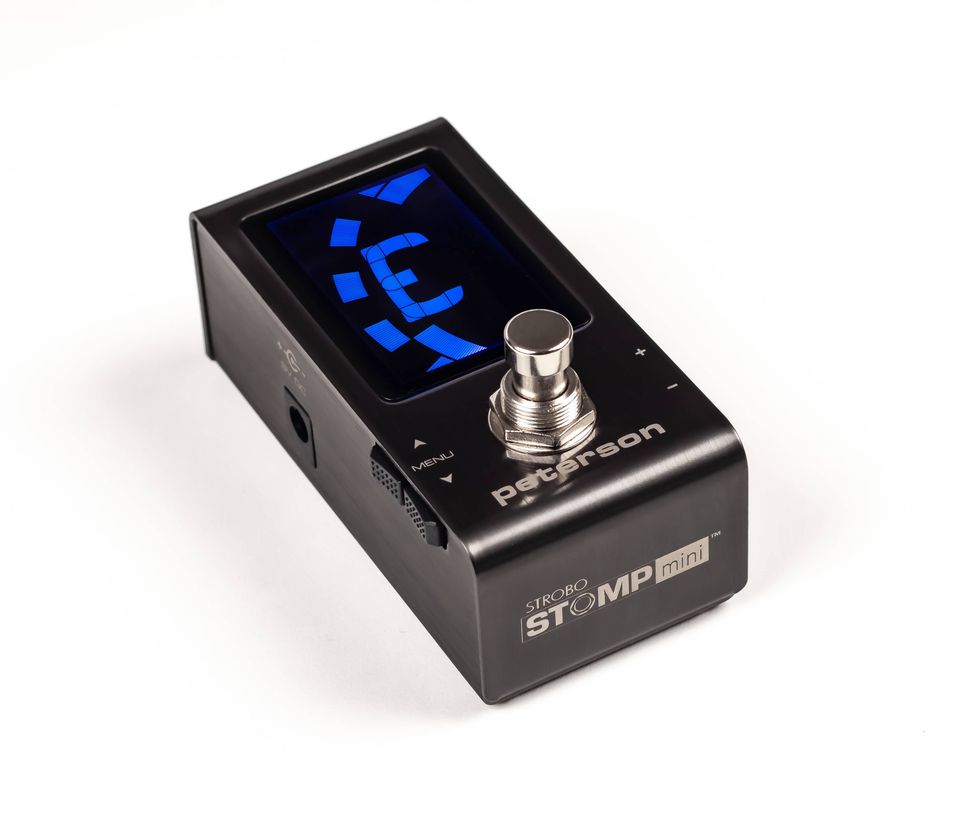
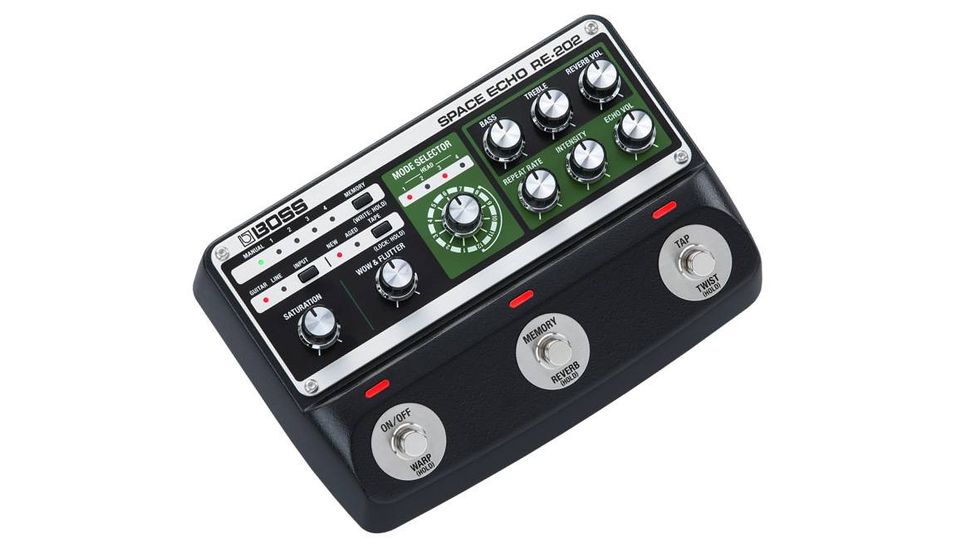
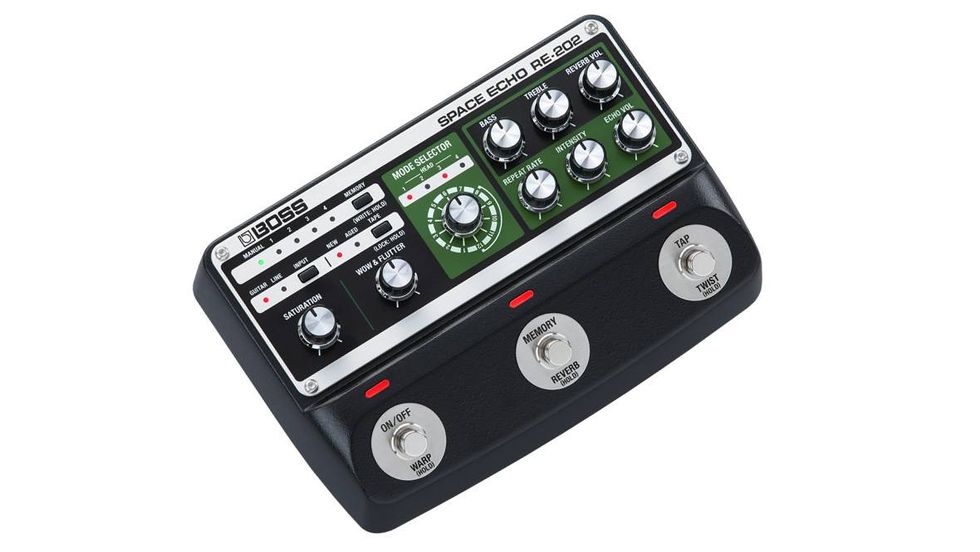
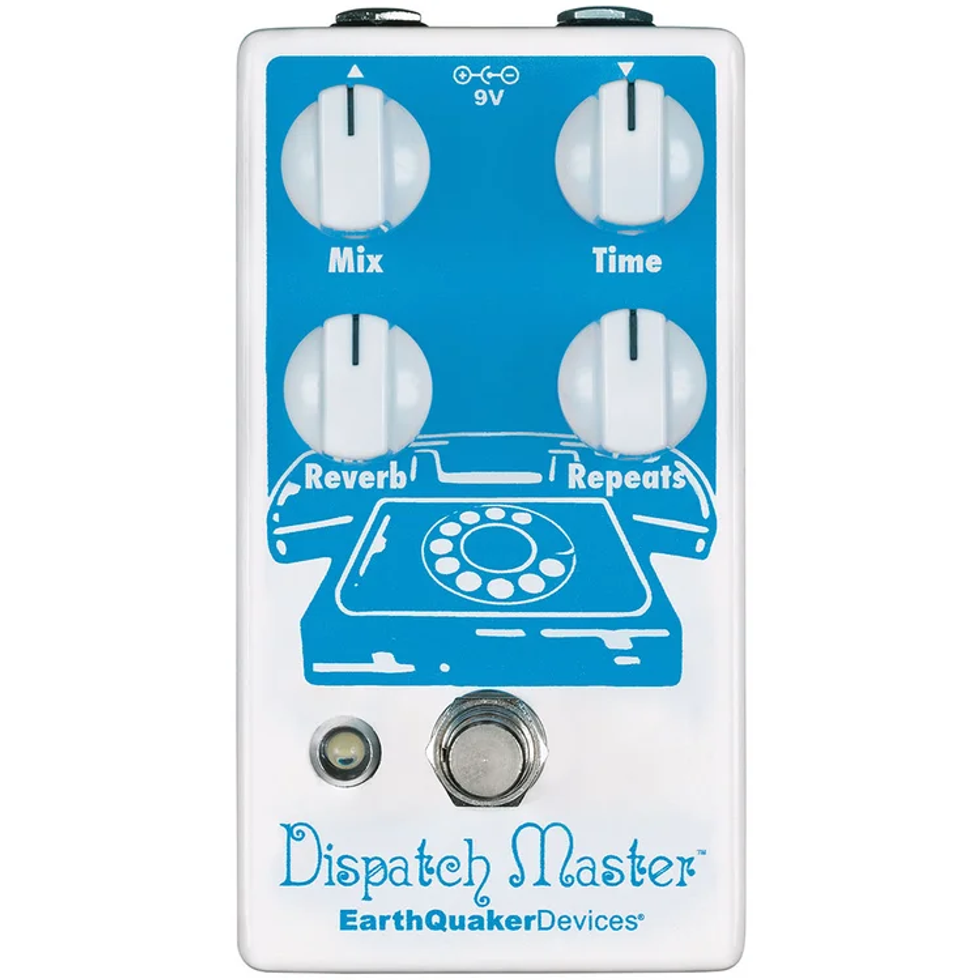
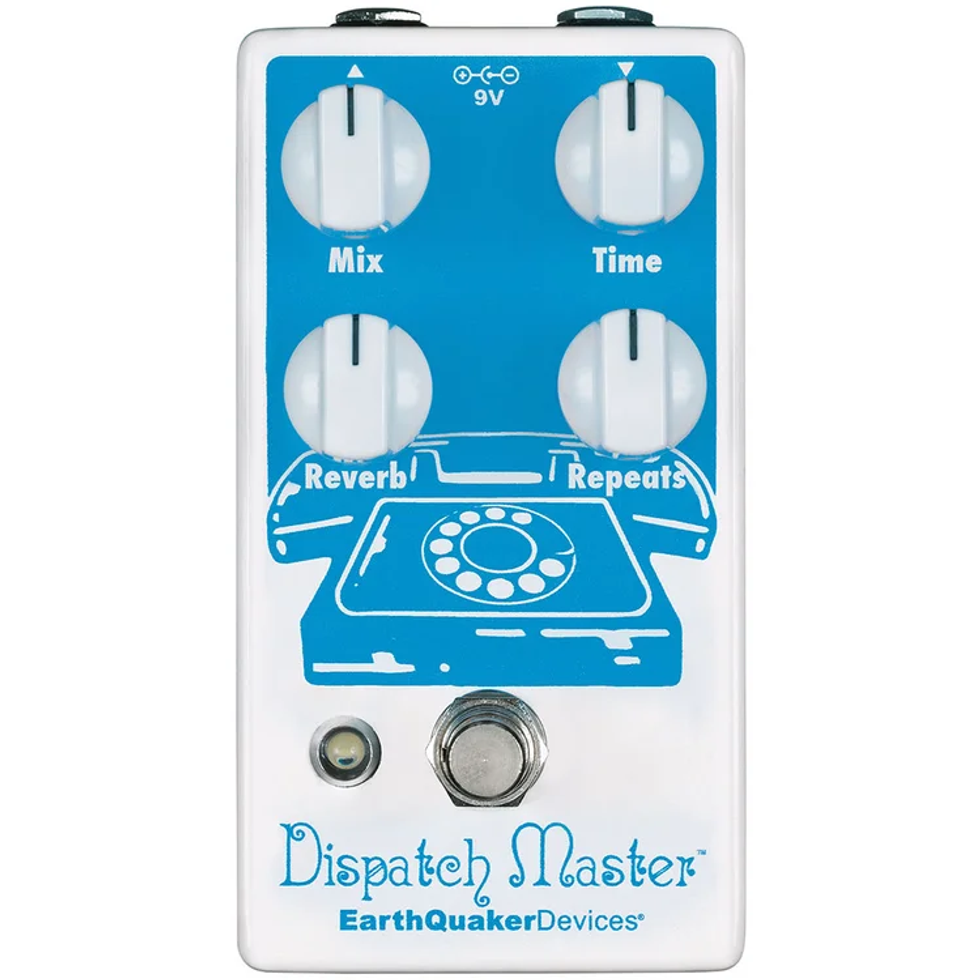
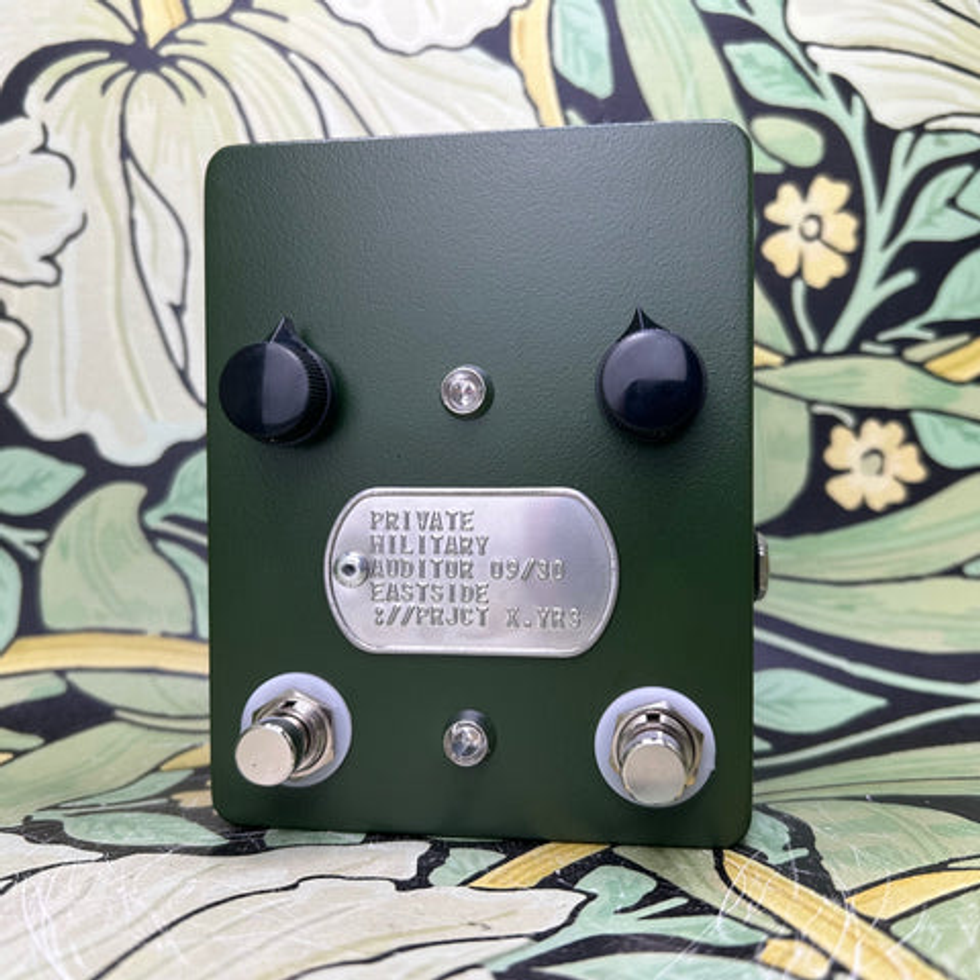
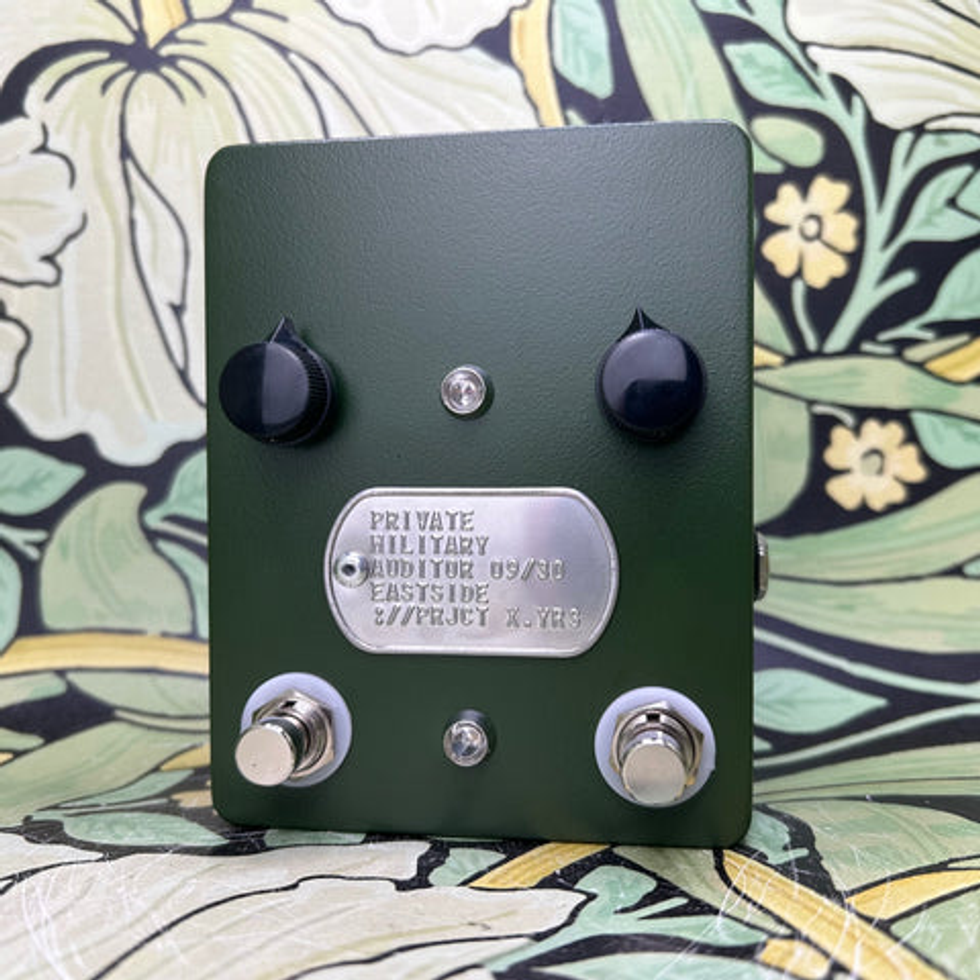
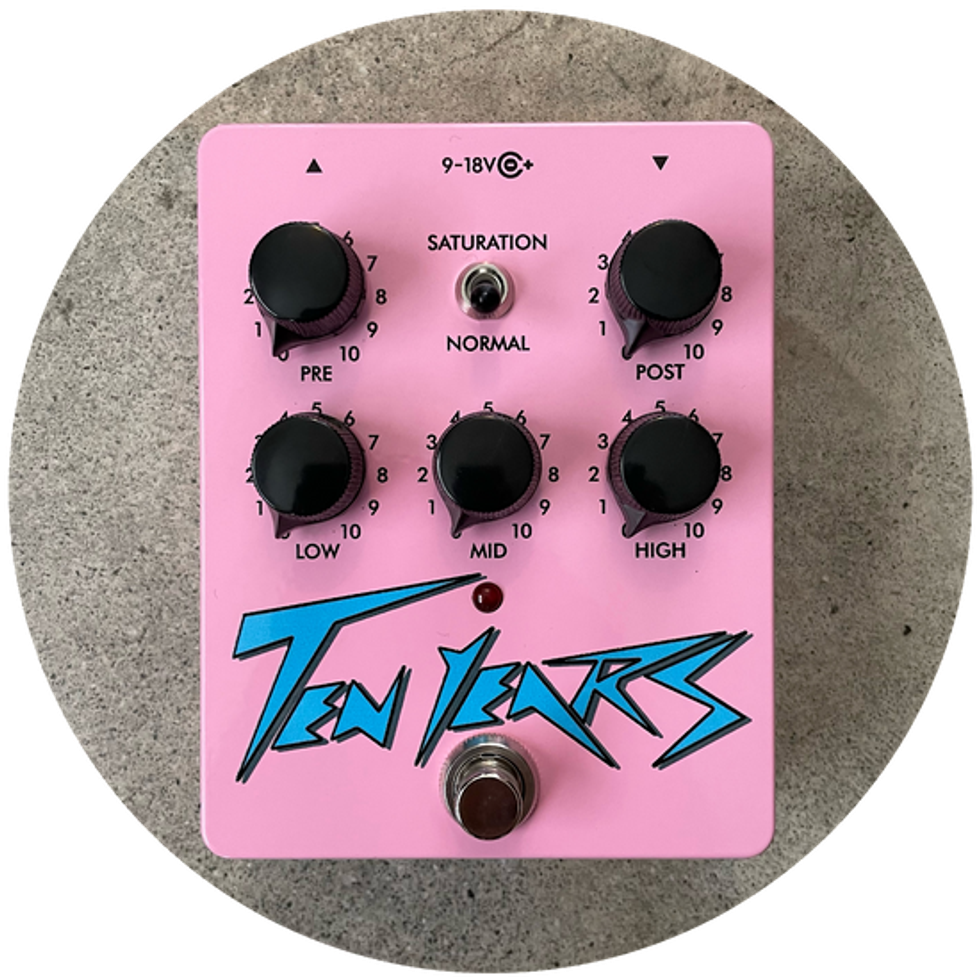
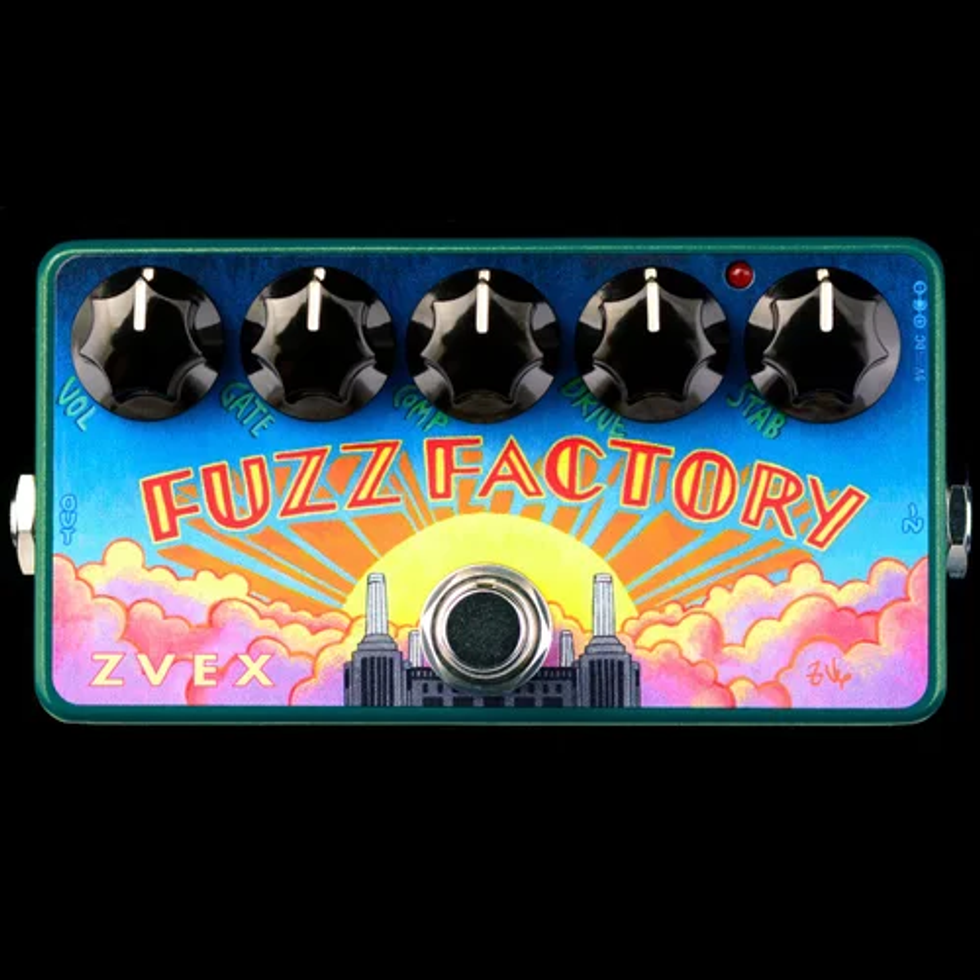
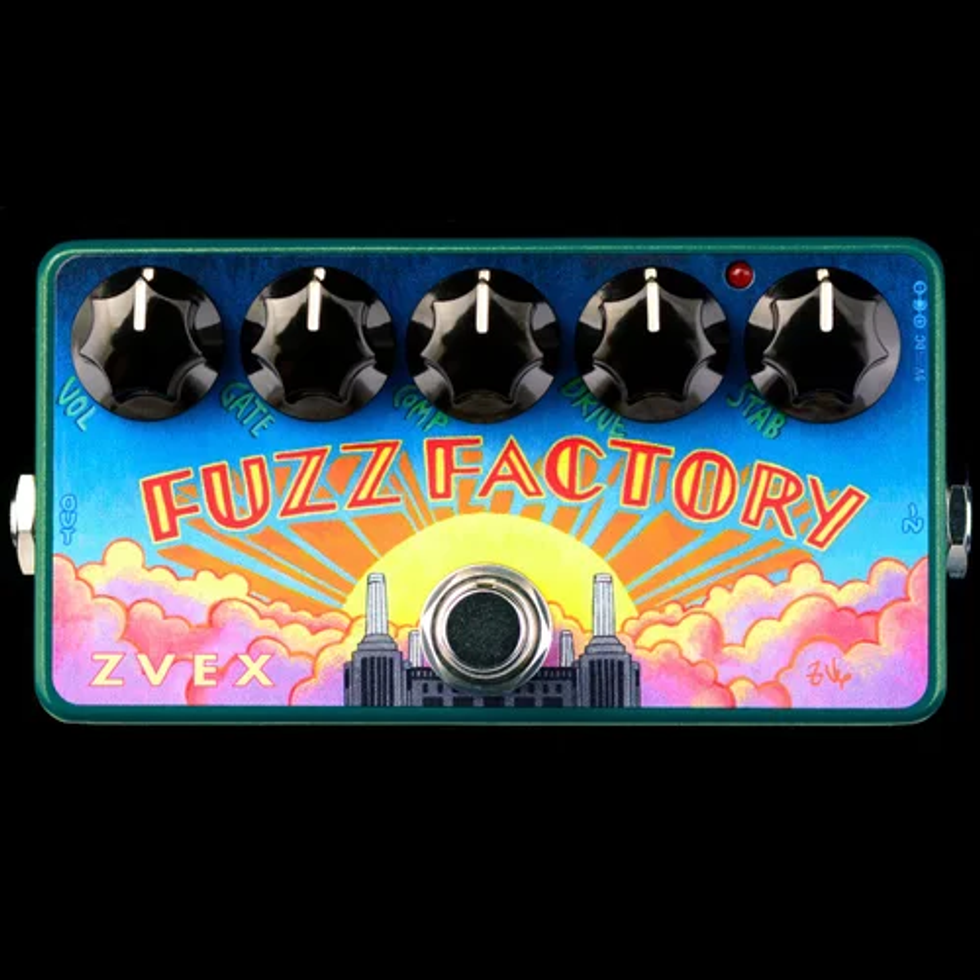
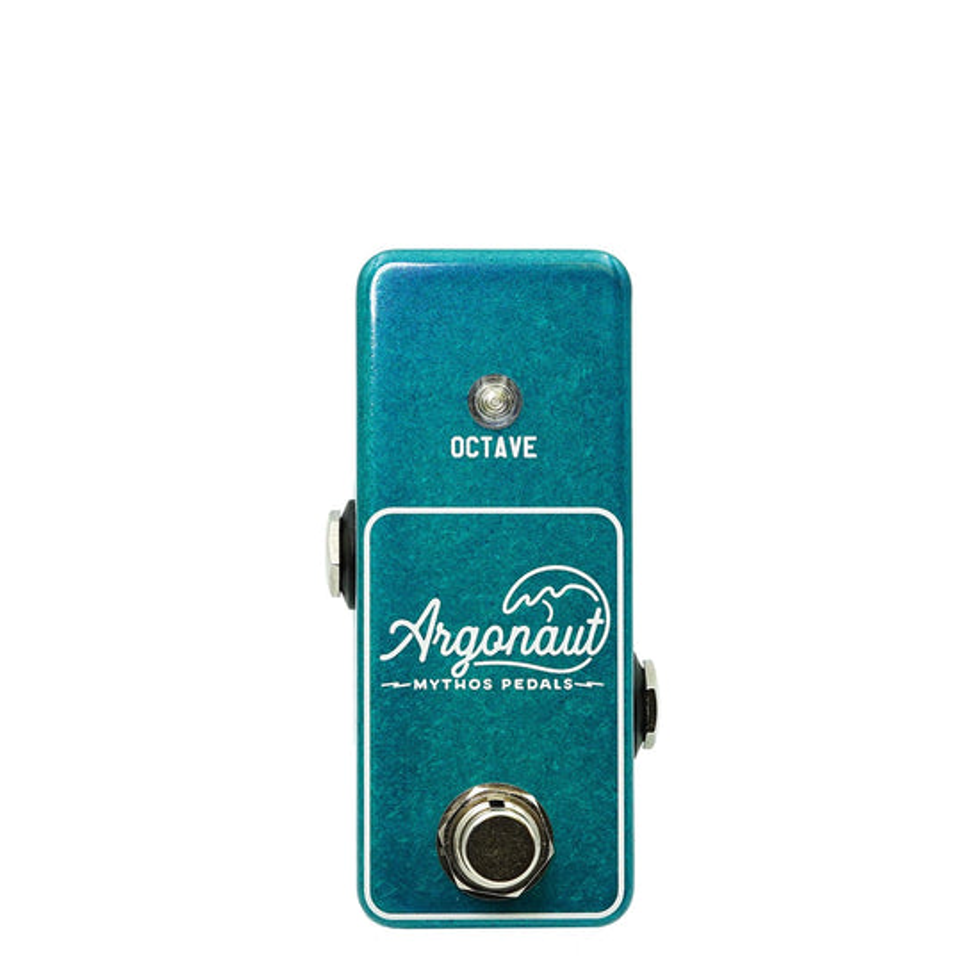
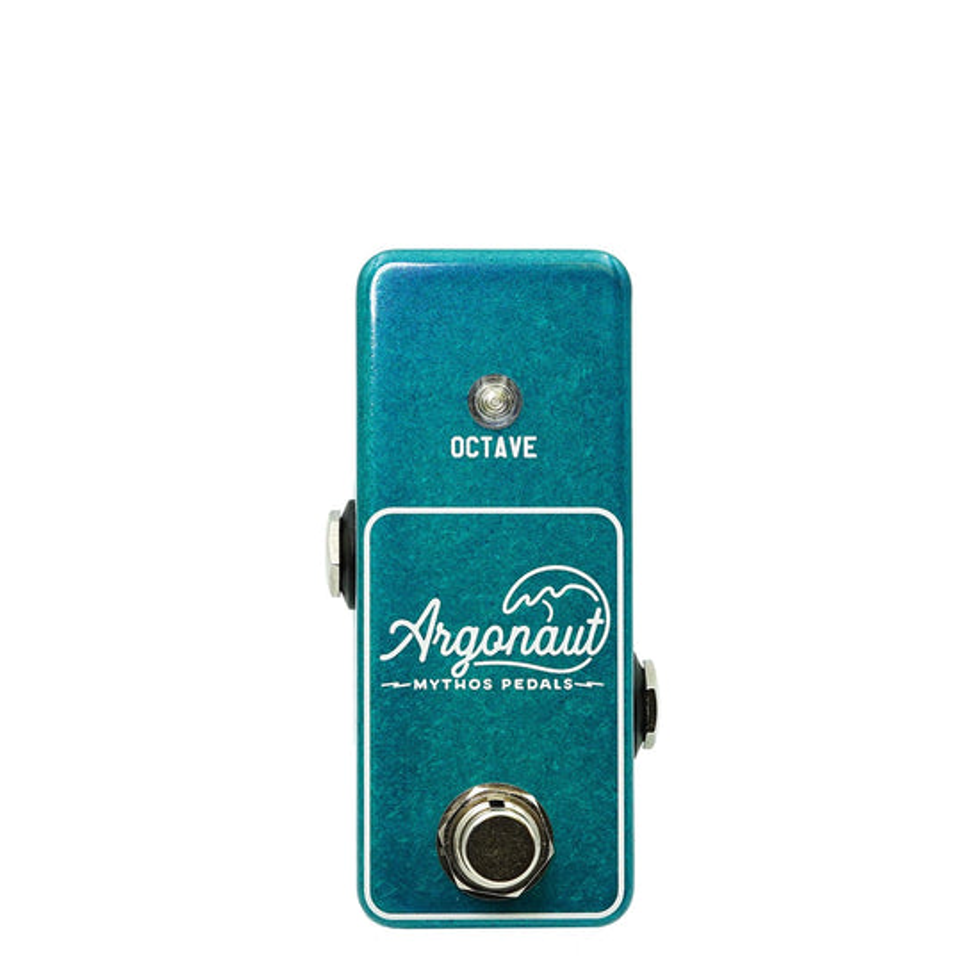
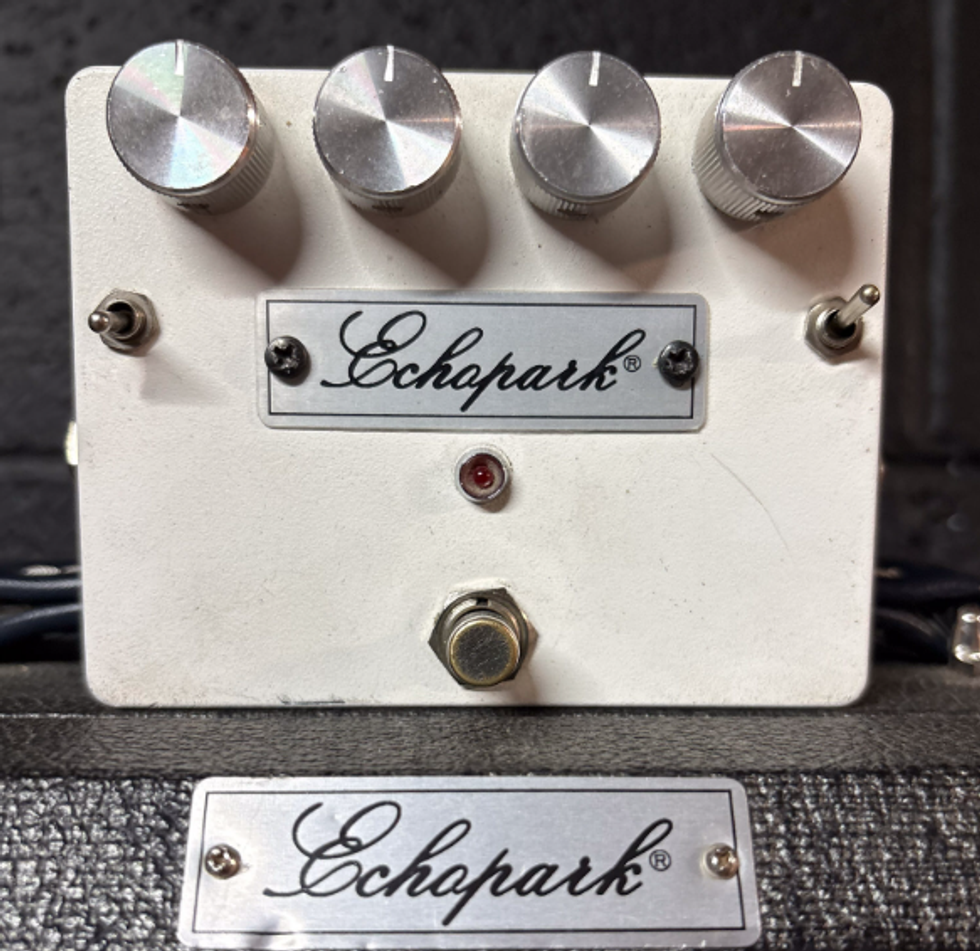
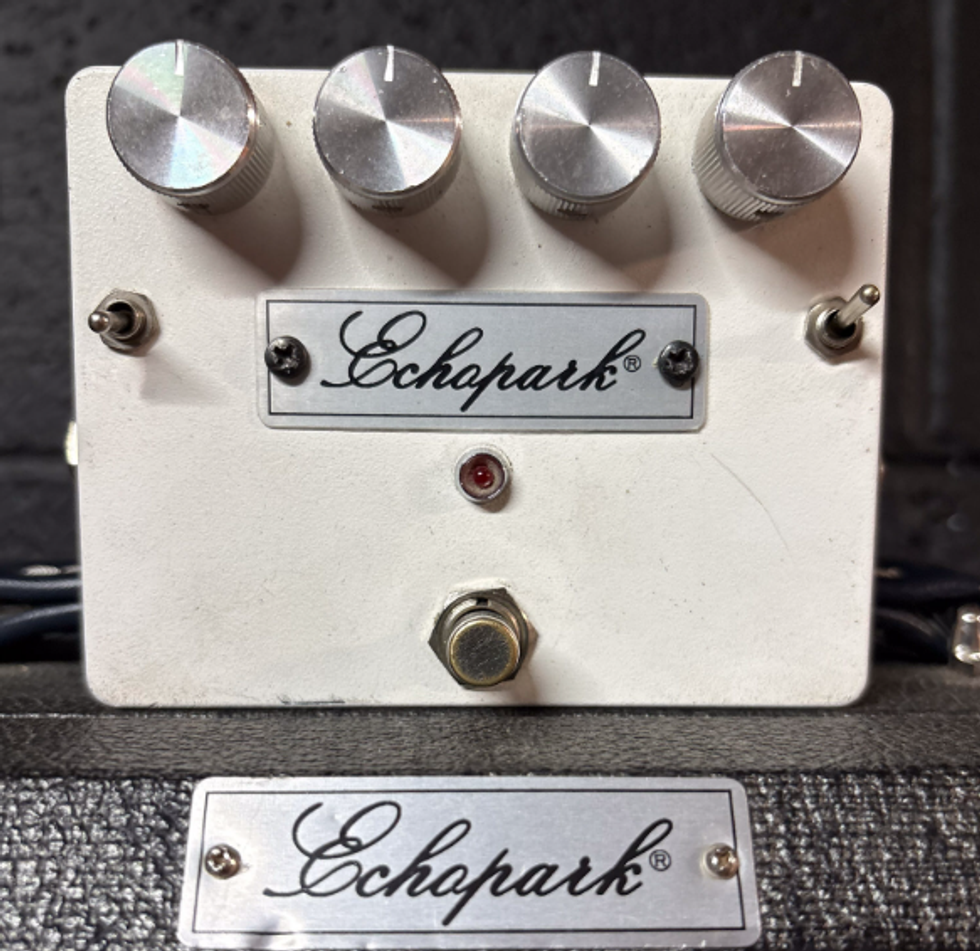



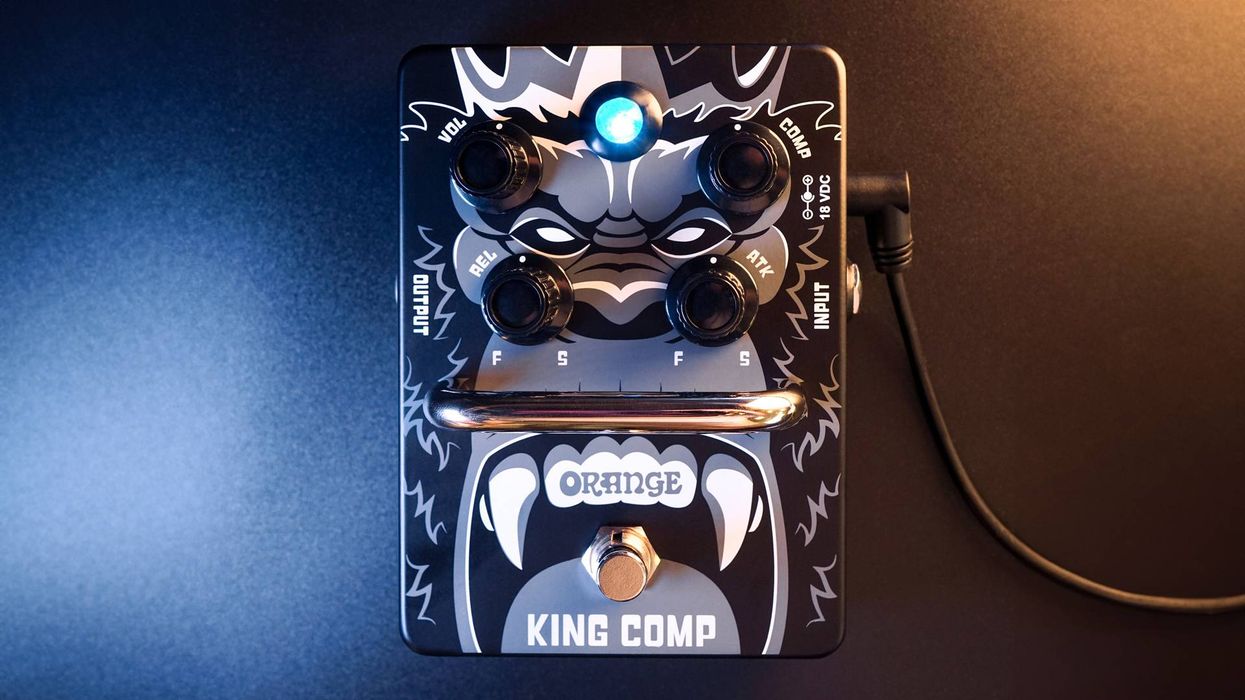
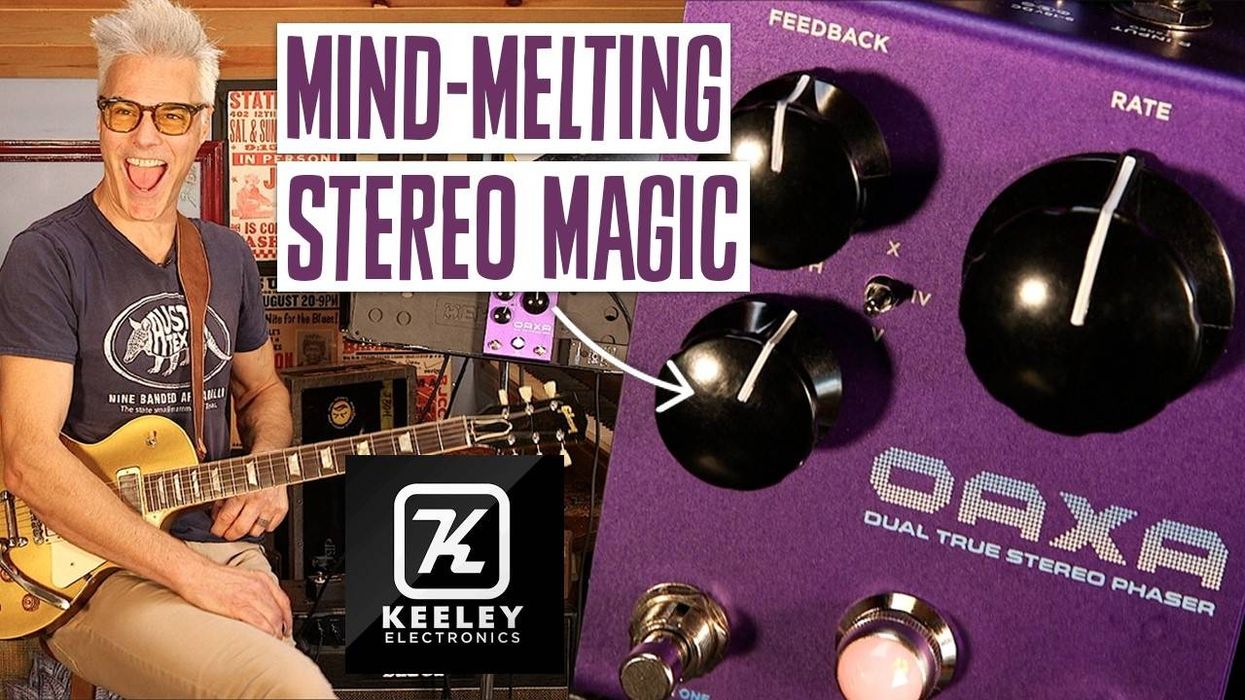









 Zach loves his Sovtek Mig 60 head, which he plays through a cab he built himself at a pipe-organ shop in Denver. Every glue joint is lined with thin leather for maximum air tightness, and it’s stocked with Celestion G12M Greenback speakers.
Zach loves his Sovtek Mig 60 head, which he plays through a cab he built himself at a pipe-organ shop in Denver. Every glue joint is lined with thin leather for maximum air tightness, and it’s stocked with Celestion G12M Greenback speakers.







![Devon Eisenbarger [Katy Perry] Rig Rundown](https://www.premierguitar.com/media-library/youtube.jpg?id=61774583&width=1245&height=700&quality=70&coordinates=0%2C0%2C0%2C0)














